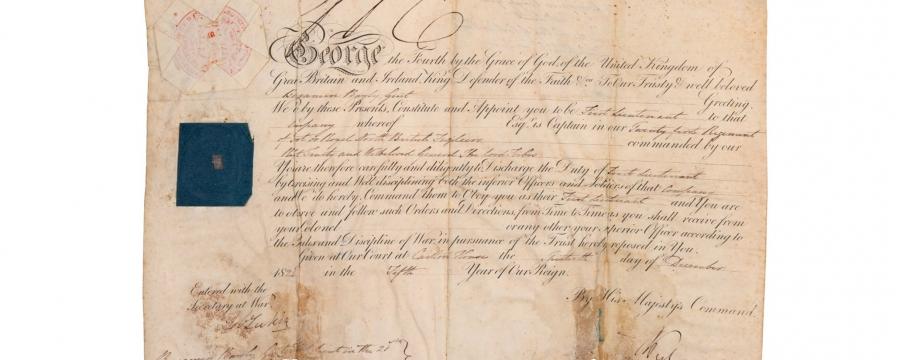

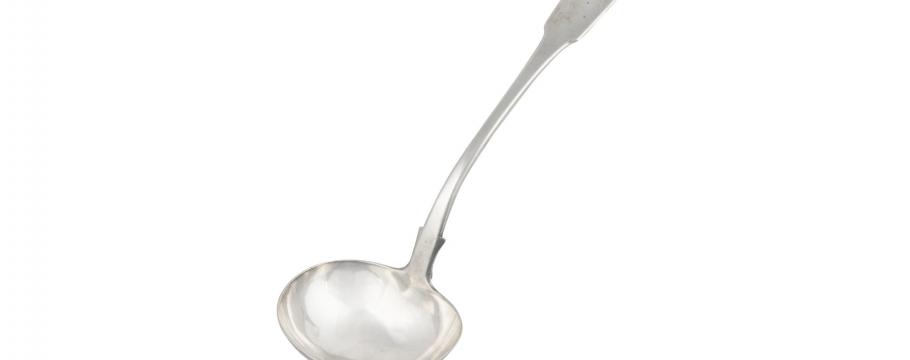
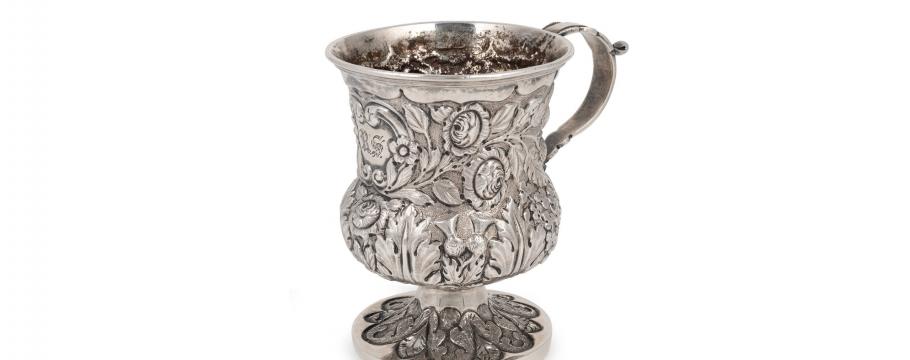
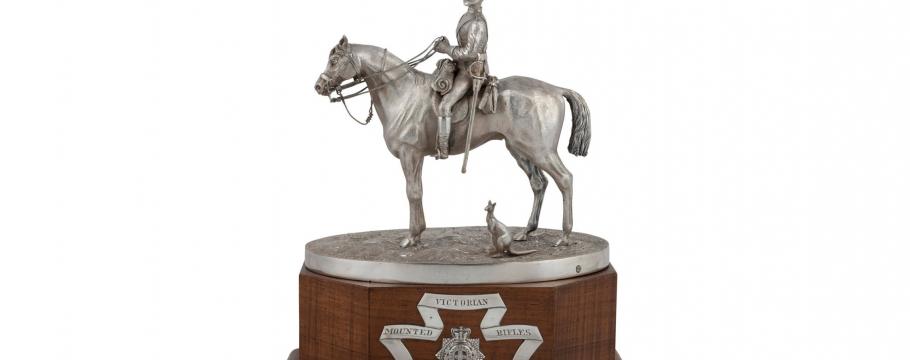
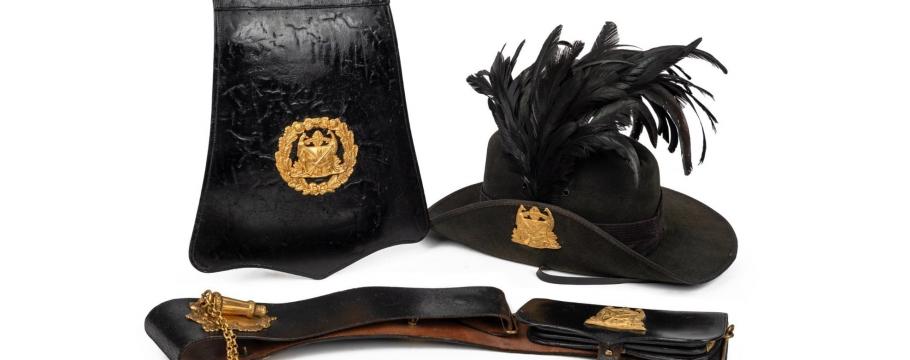

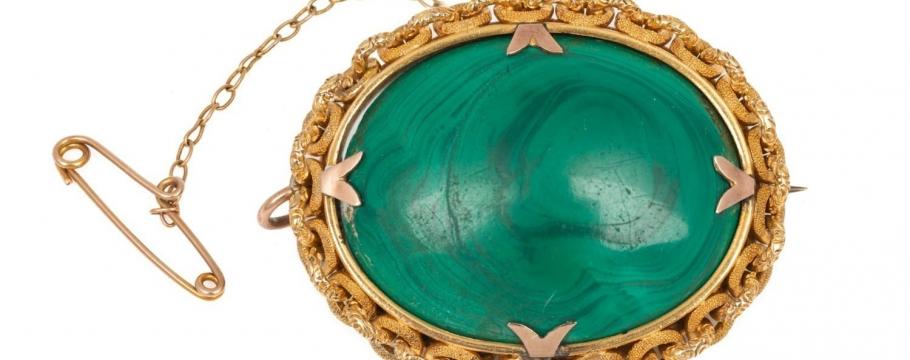
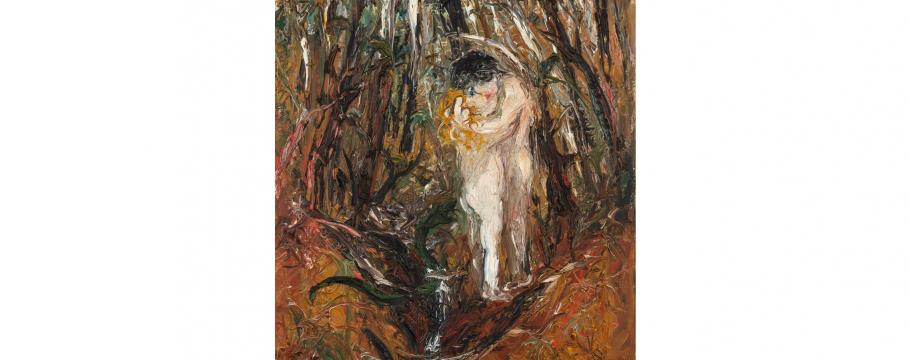

Auction vellum documents give fascinating insight into Australian penal colony
Author: Richard Brewster | Posted: 19th November, 2025
Five original vellum documents dating from October 1821 to April 1839, lot 1 at Melbourne-based Leski Auctions forthcoming Australian & Historical two-day sale, provide a fascinating insight into early 19th century life into the British penal colony in Van Diemen’s Land (now Tasmania).
The documents record the service career of First Lieutenant Benjamin Bayly (1797-1850) who in 1821 joined the 21st Royal North British Fusilier Regiment of Foot – sent from England in stages during 1832-33 to oversee the convict population of the island State.
Five years later, Bayly was appointed Assistant Police Magistrate at Waterloo Point, overlooking Swansea on Tasmania’s east coast. In 1839, his regiment was transferred to Calcutta, India but, rather than leave his new home, Bayly, now with the rank of captain, sold his commission and retired.
The Bayly documents are included in the auction, from 10am Saturday November 29 and Sunday November 30 at 727-729 High Street, Armadale, with several items from the National Trust listed home Runnymede – built from about 1836-1840 by lawyer Robert Pitcairn and his wife Dorothea during what is recognised as Tasmania’s Golden Age – and where the former soldier lived in retirement.
The residence was extended by Tasmania’s first Anglican Bishop Francis Russell Nixon who lived there from 1850-1862 and then acquired by Captain Charles Bayley who named the property after his whaling ship.
AUSTRALIANA FUND COLLECTION
An antique lidded English sterling silver trophy (lot 385) entitled “The Cavalry Cup”, attributed to Melbourne silversmith William Edwards and manufactured circa 1856 by London’s Samuel Hayne and Dudley Carter, is a shining example of items to be found in the Australiana Fund Collection, some 30 of which are on offer at this auction.
The Cavalry Cup was presented at a special seven-furlong amateur race held on August 22, 1885 at the first meeting of the Northern Hunt Club in Randwick, Sydney.
The name of the horse engraved on the cup is Fish, although he came second and it is believed the owner of the actual winner swapped the trophy for cash.
The cup’s repousse work is reminiscent of Edwards who years earlier brought an initial stock of presentation trophies to Melbourne and then adapted them for the local market with decorative Australian scenes.
Fish was ridden on the day by George Kennedy King, who in 1883 married Agnes Barbara Mary Macarthur. Her great-grandfather was third Governor of New South Wales Captain Philip Gidley King (1758-1808) and grandfather Hannibal Macarthur, nephew of early colonist John Macarthur of merino wool fame.
The Australiana Fund was established in 1978 as an independent collecting body to enrich Australia’s four official residences – Government House and The Lodge in Canberra, and Admiralty House and Kirribilli House in Sydney – with artworks that are Australian by origin or association, to illustrate the nation’s history and creativity through its cultural and artistic legacy.
Wife of then Prime Minister Malcolm Fraser, Tammy, was the main instigator following an official visit to Washington where she saw the White House Historical Association collection.
The Cavalry Cup is supported by a large sterling silver section (lots 386-490) that features items like Alexander Dick’s 1835 rare colonial Australian ladle (lot 386) and Joseph Forrester’s circa 1842-46 christening mug from Hobart (lot 396).
Born in Edinburgh about 1800, Dick arrived in Sydney in October 1824 and became one of the finest silversmiths in early New South Wales, creating fine dining pieces, cups, tankards, trays and large ceremonial trophies for public events.
Also Scottish and born at the same time, Forrester was a convict silversmith originally sentenced to death, commuted to transportation for life to Hobart in 1829, for stealing jewellery.
HAYDN VESTY MILITARY COLLECTION
Another significant auction section is the Haydn Vesty Military Collection (lots 804-869) featuring such gems as a silver statue of Colonel Tom Price (lot 858) who led the original Victorian Mounted Rifles, cobbled together from volunteer organisations formed between 1850 and 1890.
Haydn has been studying and collecting militaria for six decades and became a recognised authority among collectors, museum curators, auctioneers and writers who need assistance on this subject. Even film producers have consulted with Haydn to ensure the accuracy of uniforms and weaponry in their productions.
Several items belonging to Major Robert Hamilton Lindsay 1st Australian Light Horse – including slouch hat with plume, sabretache cross-belt and pouch (lot 859) are other strong attractions.
In 1899, Major Lindsay served as aide-de-camp to News South Wales Governor Lord Beauchamp and, three years, later to Viceroy of India Lord Curzon, after travelling with the Australian contingent to South Africa to fight the Boers.
Other photos include lots 812, 499, 1463 and 6.





